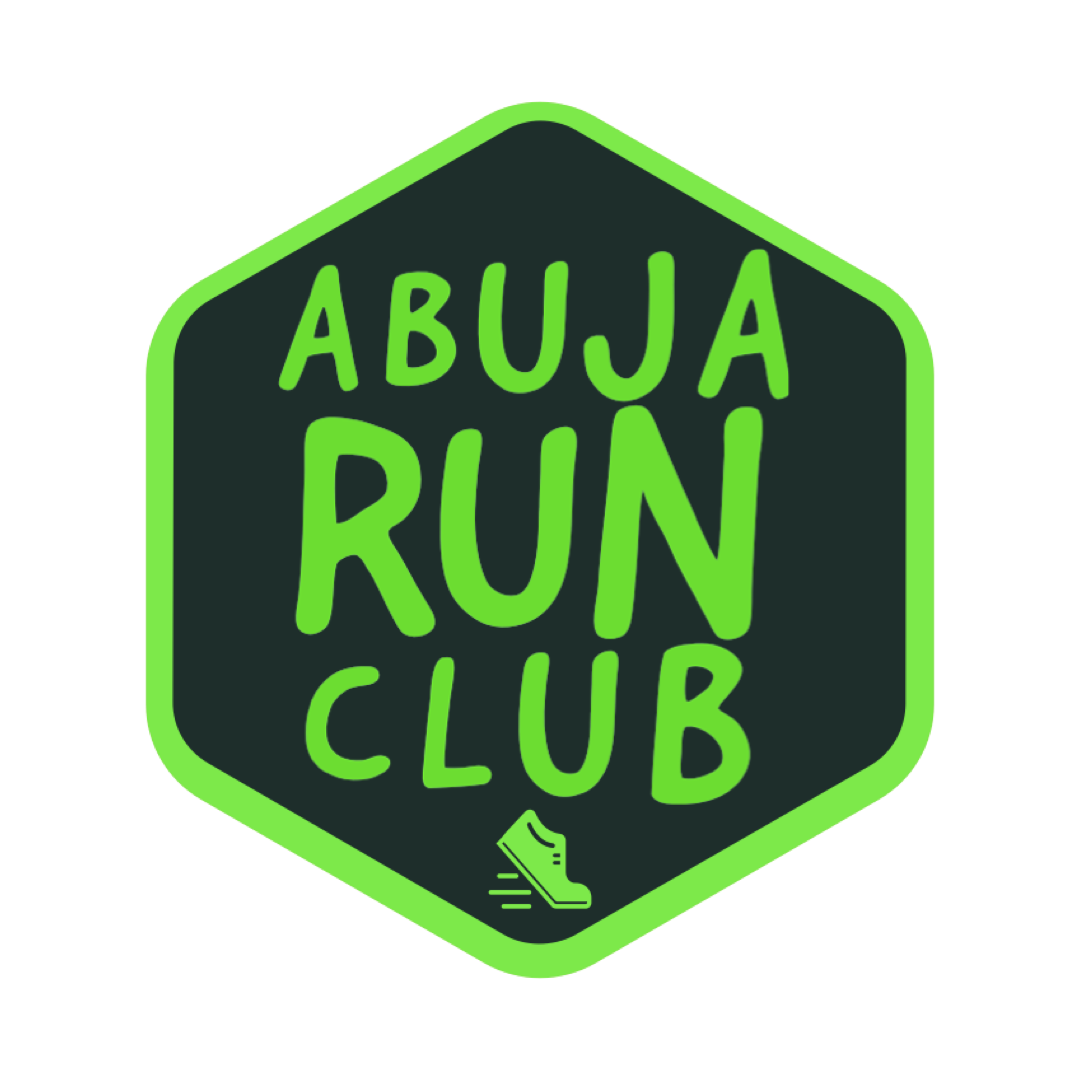Know Your Recovery Strategies
Whether you are lifting weights, running, swimming, or simply going for a vigorous walk. The act of exercising is only part of the process, required for making positive changes in the body.
The important part comes after the workout is done, how does your body adapt to the applied stress. Exercising too frequently will not allow time for your body to rest, recover and replace lost energy stores or rebuild new muscle tissue and could lead to overtraining. Exercising too infrequently will not apply enough of a stimulus to create any lasting effects.
Runners and weightlifters both need recovery, but each will have different strategies and techniques based on the exercises performed.
A recovery strategy should meet the needs of your workouts. It's important to note that recovery doesn’t just mean just taking time off to rest. Following a high-intensity training day with a low-intensity workout can actually help the body recover more quickly from the hard workout.
Here are a few specific recovery strategies:
1. Heat and Cold Treatments
The heat from a sauna or hot tub increases the body’s circulation, which removes metabolic waste products such as hydrogen ions while carrying oxygen and other nutrients necessary to help repair tissue used during the workout.
Another less comfortable but extremely effective option is to use cold treatments. Ice baths, ice packs, or cooling vests, are all different options available for applying cold treatment. One benefit of cold treatment is it can help cool down the body's core temperature, which is essential when exercising in hot weather.
Heat or cold, whichever you prefer, can each be used to help promote recovery from a strenuous workout.
2. Post-workout Nutrition
After exercise, the body needs to replenish energy with carbohydrates and repair tissue with protein. Having a post-workout snack or drink with a proper ratio of carbohydrates to protein can help meet both needs.
The carbohydrates will refuel energy needs as well as increase insulin levels, which helps to promote the post-exercise use of protein for muscle repair. Proper nutrition is especially important after high-intensity exercise, which can promote the release of the muscle-building hormones: testosterone (T), human growth hormone (GH), and insulin-like growth factor-1 (IGF-1).
Research indicates that having a snack or drink with a 3–4:1 carbohydrate-to-protein ratio within 30 to 45 minutes post-exercise can help you recover from the day’s activity and get ready for tomorrow’s workout.
3. Flexibility and Tissue Treatment
Many fitness enthusiasts understand that it is important to start a workout with dynamic flexibility exercises and cool down with static stretching.
Optimal recovery for the myofascial network goes beyond simply stretching and should include techniques for improving tissue tensegrity (the ability of separate layers of muscle tissue to slide across one another) using foam rollers, sticks, or even massage from a professional therapist.
The goal is to apply appropriate pressure to the muscle tissue to improve circulation and reduce the opportunity for the formation of tight knots. Using a foam roll, a massage stick or even a tennis ball doesn’t take long and can be a good way to wind down the day and prepare for a good night’s sleep.
4. Sleeping
Your body produces most of the T, GH, and IGF-1 needed for tissue repair during the deep REM cycles of sleep. If you are planning a high-intensity workout, it’s important to get a full night's sleep to allow your system to play its role in the recovery process.
Too much exercise without proper rest and recovery can lead to injury or illness, both of which could keep you out of the gym for lengthy periods of time.
5. Periodizing Your Workouts
The process of scheduling phases of higher- and lower-intensity workouts is called periodization and was developed specifically to maximize the recovery process for athletes preparing for a competition.
The general idea is that the intensity of a workout program should increase gradually over time and peak with the hardest workouts coming two to three weeks before the start of the competition.
If you've ever prepared for a long-distance race, you've probably followed a linear periodization plan, which gradually adds a couple of miles per week, allowing your body to adjust to the work required to complete the longer runs.
The second form of periodization, known as non-linear, alternates between higher- and lower-intensity days within the same week. In a non-linear plan, Monday might be a high-intensity strength-training day with free-weights, Tuesday a low-intensity aerobic-training day, Wednesday a moderate-intensity body-weight workout, Thursday a high-intensity anaerobic interval workout, Friday a rest day, Saturday a high-intensity strength day, and Sunday a low-to moderate-intensity aerobic-training day.
Both linear and non-linear programs include a few days off every few weeks to allow the body to fully rest and recover from the stresses of the workout program.
6. Compression Clothing
Wearing compression clothing before and after a tough workout is a relatively new form of recovery treatment that is proving effective.
The pressure from tight clothing can improve circulation, decrease tissue trauma and helps remove metabolic waste from muscle. Compression clothing promotes the flow of oxygenated blood to help tissue repair and rebuild.
There you have it—six different techniques that help the body to recover from one workout and prepare for the next one. The common theme is to improve circulation to help remove the waste from a muscle and bring new oxygen and nutrients to support building new tissue. Each of these methods is supported by scientific evidence, but only you can determine which one will be best for you.

